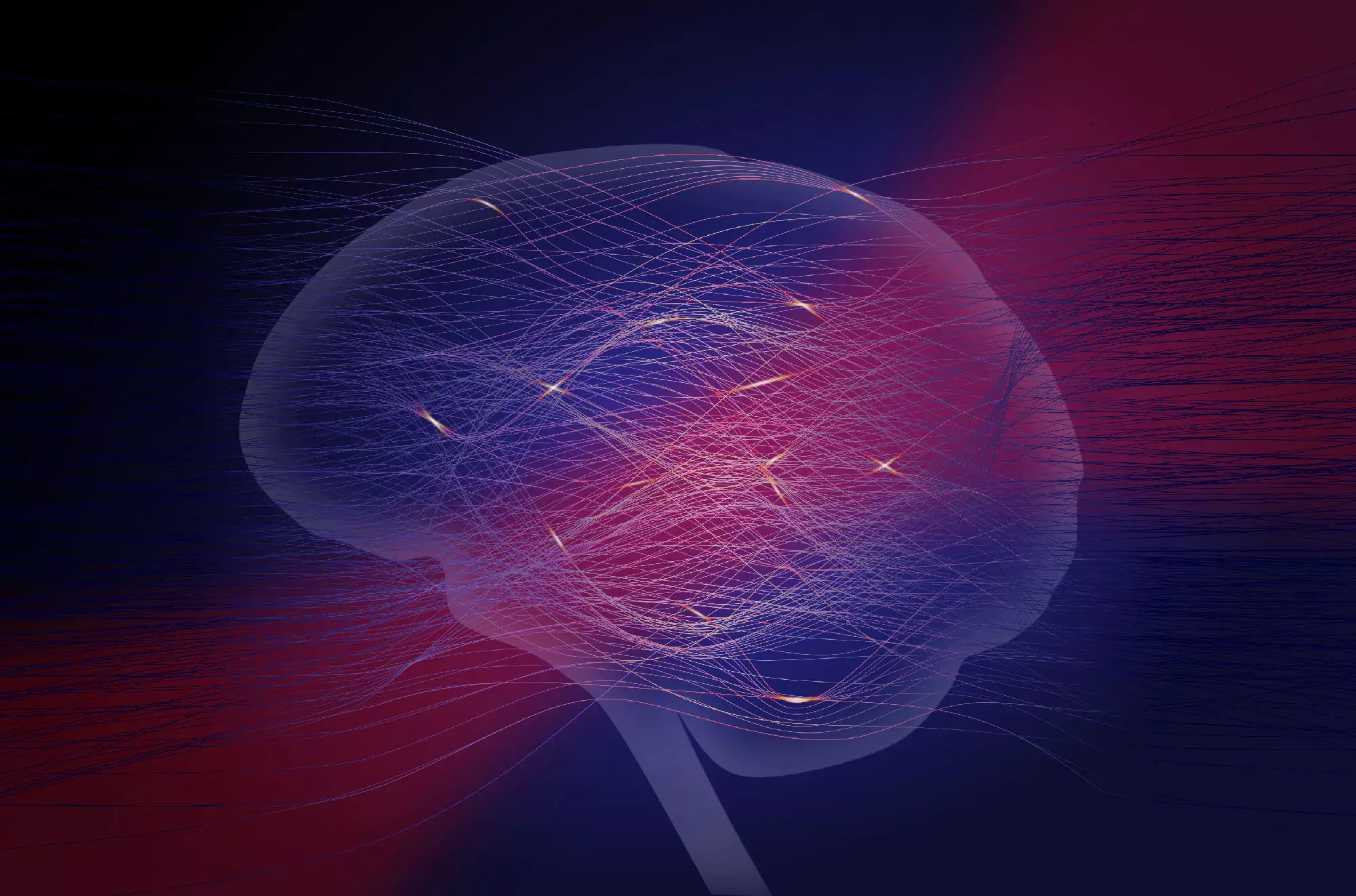Neural networks have become increasingly complex and energy-intensive, leading to sustainability concerns. Researchers at the Max Planck Institute for the Science of Light have proposed a new method using optics to address these challenges.
The exponential growth of neural network size has led to high energy consumption and longer training times. For example, training GPT-3 consumed more than 1,000 MWh of energy, equivalent to the daily energy consumption of a small town.
To tackle these challenges, researchers are turning to neuromorphic computing, aiming to replace digital neural networks with physical neural networks. Optics and photonics offer promising platforms for this approach, with minimal energy consumption and high-speed parallel computations.
Clara Wanjura and Florian Marquardt from the Max Planck Institute for the Science of Light have introduced a novel method in Nature Physics. By changing the light transmission rather than imprinting the input on the light field, they simplify the required mathematical computations and overcome the need for high laser powers.
The proposed method allows for easy evaluation and training of physical neural networks. By simply sending light through the system and observing the transmitted light, researchers can measure all relevant information for training. This approach eliminates the need for complicated physical interactions to realize mathematical functions.
In simulations, the authors demonstrated the ability to perform image classification tasks with the same accuracy as digital neural networks. Future plans involve collaborating with experimental groups to explore the implementation of their method across a variety of platforms, offering new possibilities for neuromorphic devices.
The use of optics in implementing neural networks presents a sustainable and energy-efficient solution to the challenges faced by traditional digital neural networks. By simplifying mathematical computations and training processes, this new approach paves the way for more efficient machine learning practices in the future.


Leave a Reply
You must be logged in to post a comment.